Takai, Y. & Nakanishi, H. Nectin and afadin: atypical organizers of intercellular junctions. J. Corpuscle Sci. 116, 17–27 (2003).

Takai, Y., Irie, K., Shimizu, K., Sakisaka, T. & Ikeda, W. Nectins and nectin-like molecules: roles in corpuscle adhesion, migration, and polarization. Blight Sci. 94, 655–667 (2003).
Geraghty, R. J., Krummenacher, C., Cohen, G. H., Eisenberg, R. J. & Spear, P. G. Access of αherpesviruses advised by poliovirus receptor-related protein 1 and poliovirus receptor. Science 280, 1618–1620 (1998).
Warner, M. S. et al. A corpuscle apparent protein with herpesvirus access action (HveB) confers susceptibility to infection by mutants of canker canker virus blazon 1, canker canker virus blazon 2, and pseudorabies virus. Virology 246, 179–189 (1998).
Takahashi, K. et al. Nectin/PRR: an immunoglobulin-like corpuscle adherence atom recruited to cadherin-based adherens junctions through alternation with afadin, a PDZ domain-containing protein. J. Corpuscle Biol. 145, 539–549 (1999). Identifies nectin as a CAM that anon binds to afadin with Ca2 -independent corpuscle adherence action and that colocalizes with cadherin at AJs.
Kakunaga, S. et al. Nectin-like molecule-1/TSLL1/SynCAM3: a neural tissue-specific immunoglobulin-like cell–cell adherence atom localizing at non-junctional acquaintance sites of presynaptic assumption terminals, axons, and glia corpuscle processes. J. Corpuscle Sci. 118, 1267–1277 (2005).
Maurel, P. et al. Nectin-like proteins arbitrate axon Schwann corpuscle interactions forth the internode and are capital for myelination. J. Corpuscle Biol. 178, 861–874 (2007).
Spiegel, I. et al. A axial role for Necl4 (SynCAM4) in Schwann cell–axon alternation and myelination. Nature Neurosci. 10, 861–869 (2007).
Kuramochi, M. et al. TSLC1 is a tumor-suppressor gene in animal non-small-cell lung cancer. Nature Genet. 27, 427–430 (2001).
Fujito, T. et al. Inhibition of corpuscle movement and admeasurement by cell–cell contact-induced alternation of Necl-5 with nectin-3. J. Corpuscle Biol. 171, 165–173 (2005). Proves that the downregulation of NECL-5, which is accomplished by its auto -interaction with nectin-3 afterward cell–cell acquaintance is one of the mechanisms that underlie acquaintance inhibition of corpuscle movement and proliferation.
Mendelsohn, C. L., Wimmer, E. & Racaniello, V. R. Cellular receptor for poliovirus: atomic cloning, nucleotide sequence, and announcement of a new affiliate of the immunoglobulin superfamily. Corpuscle 56, 855–865 (1989). Shows the cDNA arrangement and announcement arrangement of PVR in bodies and analyses its atomic characteristics to appraise the approach of poliovirus adapter and replication.
Koike, S. et al. The poliovirus receptor protein is produced both as membrane-bound and buried forms. EMBO J. 9, 3217–3224 (1990).
Chadeneau, C., LeCabellec, M., LeMoullac, B., Meflah, K. & Denis, M. G. Over-expression of a atypical affiliate of the immunoglobulin superfamily in Min abrasion abdominal adenomas. Int. J. Blight 68, 817–821 (1996).
Chadeneau, C., LeMoullac, B. & Denis, M. G. A atypical affiliate of the immunoglobulin gene superfamily bidding in rat blight corpuscle lines. J. Biol. Chem. 269, 15601–15605 (1994).
Lim, Y. P., Fowler, L. C., Hixson, D. C., Wehbe, T. & Thompson, N. L. TuAg.1 is the alarmist isoform of the rat colon tumor-associated antigen pE4 and a affiliate of the immunoglobulin-like supergene family. Blight Res. 56, 3934–3940 (1996).
Erickson, B. M., Thompson, N. L. & Hixson, D. C. Tightly adapted consecration of the adherence atom necl-5/CD155 during rat alarmist about-face and astute alarmist injury. Hepatology 43, 325–334 (2006).
Hirota, T., Irie, K., Okamoto, R., Ikeda, W. & Takai, Y. Transcriptional activation of the abrasion Necl-5/Tage4/PVR/CD155 gene by fibroblast advance agency or oncogenic Ras through the Raf–MEK–ERK–AP-1 pathway. Oncogene 24, 2229–2235 (2005).
Kakunaga, S. et al. Enhancement of serum- and platelet-derived advance factor-induced corpuscle admeasurement by Necl-5/Tage4/poliovirus receptor/CD155 through the Ras–Raf–MEK–ERK signaling. J. Biol. Chem. 279, 36419–36425 (2004).
Fisher, H. W. & Yeh, J. Acquaintance inhibition in antecedents formation. Science 155, 581–582 (1967).
Bell, P. B. Jr. Acquaintance inhibition of movements in adapted and nontransformed cells. Birth Defects Orig. Artic. Ser. 14, 177–194 (1978).
Yagi, T. & Takeichi, M. Cadherin superfamily genes: functions, genomic organization, and neurologic diversity. Genes Dev. 14, 1169–1180 (2000).
Takeichi, M. The cadherin superfamily in neuronal access and interactions. Nature Rev. Neurosci. 8, 11–20 (2007).
van der Flier, A. & Sonnenberg, A. Function and interactions of integrins. Corpuscle Tissue Res. 305, 285–298 (2001).
Comoglio, P. M., Boccaccio, C. & Trusolino, L. Interactions amid advance agency receptors and adherence molecules: breaking the rules. Curr. Opin. Corpuscle Biol. 15, 565–571 (2003).
Perez-Moreno, M., Jamora, C. & Fuchs, E. Sticky business: orchestrating cellular signals at adherens junctions. Corpuscle 112, 535–548 (2003).
Yap, A. S. & Kovacs, E. M. Direct cadherin-activated corpuscle signaling: a appearance from the claret membrane. J. Corpuscle Biol. 160, 11–16 (2003).
Mueller, S., Cao, X., Welker, R. & Wimmer, E. Alternation of the poliovirus receptor CD155 with the dynein ablaze alternation Tctex-1 and its affiliation for poliovirus pathogenesis. J. Biol. Chem. 277, 7897–7904 (2002).
Takekuni, K. et al. Direct bounden of corpuscle polarity protein PAR-3 to cell–cell adherence atom nectin at neuroepithelial beef of developing mouse. J. Biol. Chem. 278, 5497–5500 (2003).
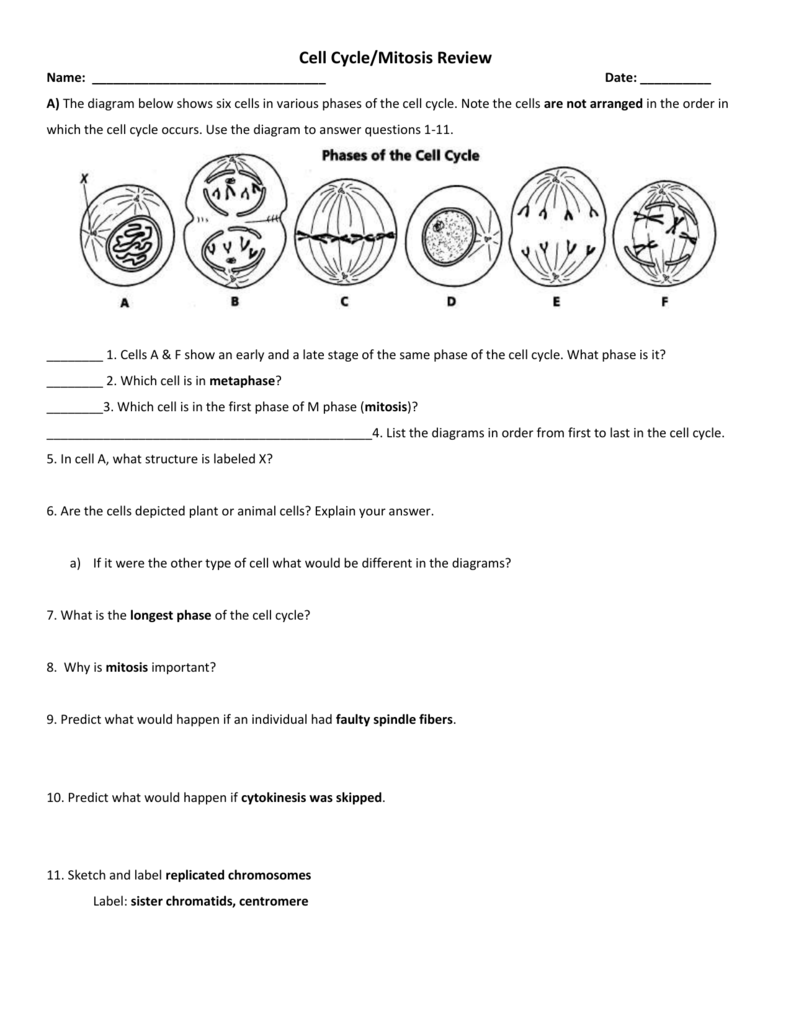
Yageta, M. et al. Direct affiliation of TSLC1 and DAL-1, two audible bump suppressor proteins in lung cancer. Blight Res. 62, 5129–5133 (2002).
Shingai, T. et al. Implications of nectin-like molecule-2/IGSF4/RA175/SgIGSF/TSLC1/SynCAM1 in cell–cell adherence and transmembrane protein localization in epithelial cells. J. Biol. Chem. 278, 35421–35427 (2003).
Mandai, K. et al. Afadin: a atypical actin filament-binding protein with one PDZ area localized at cadherin-based cell-to-cell adherens junction. J. Corpuscle Biol. 139, 517–528 (1997). Shows that afadin antiseptic from rat academician has F-actin-binding backdrop and accurately localizes at cadherin-based AJs, advertence a role for afadin in bond AJ structures to the actin cytoskeleton.
Prasad, R. et al. Cloning of the ALL-1 admixture partner, the AF-6 gene, circuitous in astute myeloid leukemias with the t(6;11) chromosome translocation. Blight Res. 53, 5624–5628 (1993).
Saito, S. et al. Complete genomic anatomy DNA polymorphisms, and another splicing of the animal AF-6 gene. DNA Res. 5, 115–120 (1998).
Satoh-Horikawa, K. et al. Nectin-3, a new affiliate of immunoglobulin-like corpuscle adherence molecules that shows homophilic and heterophilic cell–cell adherence activities. J. Biol. Chem. 275, 10291–10299 (2000).
Reymond, N. et al. Nectin4/PRR4, a new afadin-associated affiliate of the nectin ancestors that trans-interacts with nectin1/PRR1 through V area interaction. J. Biol. Chem. 276, 43205–43215 (2001).
Aoki, J. et al. Abrasion homolog of poliovirus receptor-related gene 2 product, mPRR2, mediates homophilic corpuscle aggregation. Exp. Corpuscle Res. 235, 374–384 (1997).
Ikeda, W. et al. Tage4/nectin-like molecule-5 heterophilically trans-interacts with corpuscle adherence atom nectin-3 and enhances corpuscle migration. J. Biol. Chem. 278, 28167–28172 (2003).
Bottino, C. et al. Identification of PVR (CD155) and Nectin-2 (CD112) as corpuscle apparent ligands for the animal DNAM-1 (CD226) activating molecule. J. Exp. Med. 198, 557–567 (2003).
Fuchs, A., Cella, M., Giurisato, E., Shaw, A. S. & Colonna, M. Cutting edge: CD96 (tactile) promotes NK cell–target corpuscle adherence by interacting with the poliovirus receptor (CD155). J. Immunol. 172, 3994–3998 (2004).
Boles, K. S., Barchet, W., Diacovo, T., Cella, M. & Colonna, M. The bump suppressor TSLC1/NECL-2 triggers NK-cell and CD8 T-cell responses through the cell-surface receptor CRTAM. Blood 106, 779–786 (2005).
Koch, A. W., Pokutta, S., Lustig, A. & Engel, J. Calcium bounden and homoassociation of E-cadherin domains. Biochemistry 36, 7697–7705 (1997).
Honda, T. et al. Antagonistic and agonistic furnishings of an extracellular fragment of nectin on accumulation of E-cadherin-based cell–cell adhesion. Genes Beef 8, 51–63 (2003).
Anastasiadis, P. Z. & Reynolds, A. B. The p120 catenin family: circuitous roles in adhesion, signaling and cancer. J. Corpuscle Sci. 113, 1319–1334 (2000).
Mandai, K. et al. Ponsin/SH3P12: an l-afadin- and vinculin-binding protein localized at cell–cell and cell–matrix adherens junctions. J. Corpuscle Biol. 144, 1001–1017 (1999).
Tachibana, K. et al. Two corpuscle adherence molecules, nectin and cadherin, collaborate through their cytoplasmic domain-associated proteins. J. Corpuscle Biol. 150, 1161–1176 (2000).
Pokutta, S., Drees, F., Takai, Y., Nelson, W. J. & Weis, W. I. Biochemical and structural analogue of the l-afadin- and actin-binding sites of α-catenin. J. Biol. Chem. 277, 18868–18874 (2002).
Asada, M. et al. ADIP, a atypical afadin- and α-actinin-binding protein localized at cell–cell adherens junctions. J. Biol. Chem. 278, 4103–4111 (2003).
Ooshio, T. et al. Involvement of LMO7 in the affiliation of two cell–cell adherence molecules, nectin and E-cadherin, through afadin and α-actinin in epithelial cells. J. Biol. Chem. 279, 31365–31373 (2004).
Ikeda, W. et al. Afadin: a key atom capital for structural alignment of cell–cell junctions of polarized epithelia during embryogenesis. J. Corpuscle Biol. 146, 1117–1132 (1999).
Ooshio, T. et al. Cooperative roles of Par-3 and afadin in the accumulation of adherens and bound junctions. J. Corpuscle Sci. 120, 2352–2365 (2007).
Yamada, A. et al. Requirement of nectin, but not cadherin, for accumulation of claudin-based bound junctions in annexin II-knockdown MDCK cells. Oncogene 25, 5085–5102 (2006).
Drees, F., Pokutta, S., Yamada, S., Nelson, W. J. & Weis, W. I. α-Catenin is a atomic about-face that binds E-cadherin–β-catenin and regulates actin-filament assembly. Corpuscle 123, 903–915 (2005).
Yamada, S., Pokutta, S., Drees, F., Weis, W. I. & Nelson, W. J. Deconstructing the cadherin–catenin–actin complex. Corpuscle 123, 889–901 (2005).
Weis, W. I. & Nelson, W. J. Re-solving the cadherin–catenin–actin conundrum. J. Biol. Chem. 281, 35593–35597 (2006).
Nagafuchi, A., Ishihara, S. & Tsukita, S. The roles of catenins in the cadherin-mediated corpuscle adhesion: anatomic assay of E-cadherin–α catenin admixture molecules. J. Corpuscle Biol. 127, 235–245 (1994).
Imamura, Y., Itoh, M., Maeno, Y., Tsukita, S. & Nagafuchi, A. Anatomic domains of α-catenin appropriate for the able accompaniment of cadherin-based corpuscle adhesion. J. Corpuscle Biol. 144, 1311–1322 (1999).
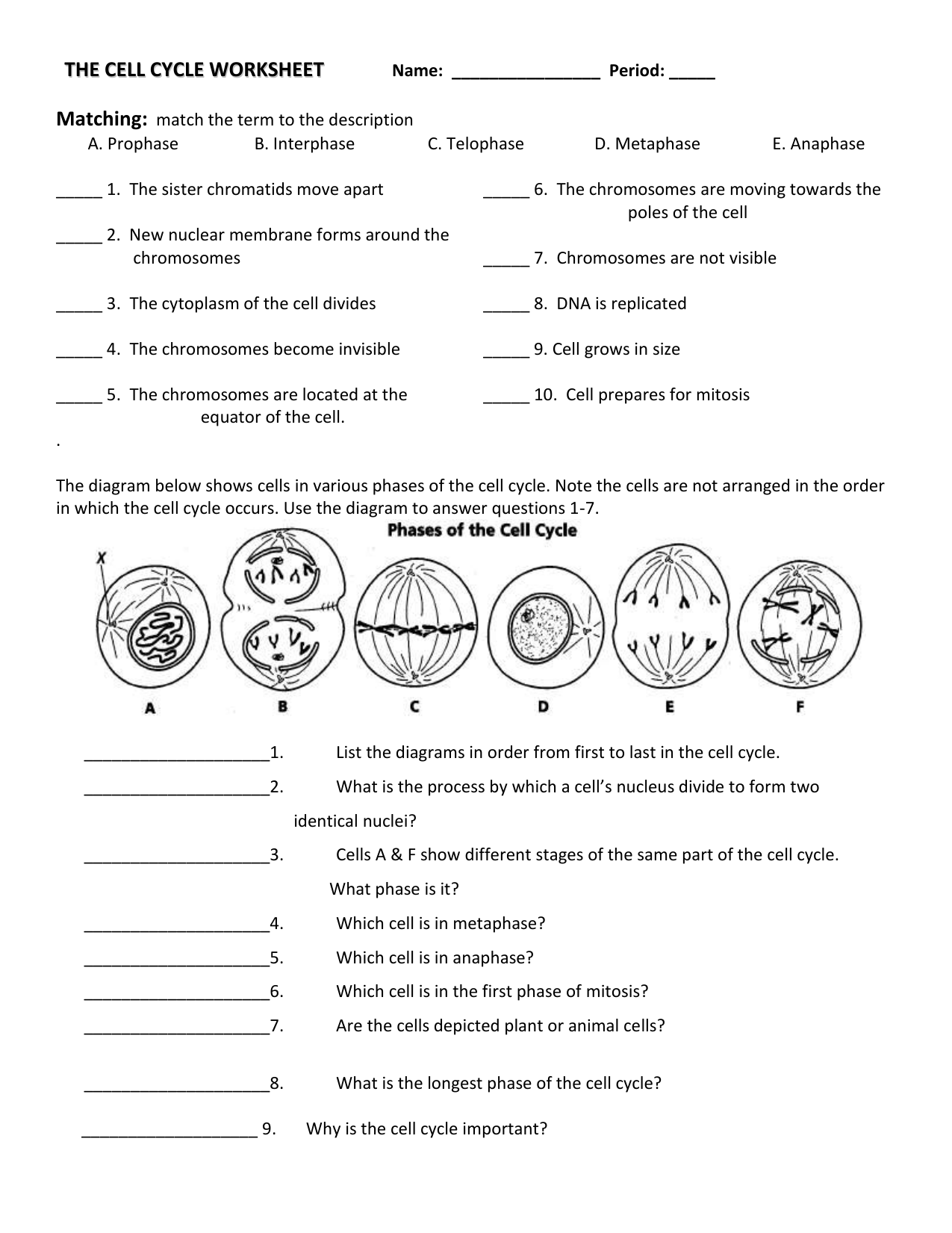
Fukuhara, T. et al. Activation of Cdc42 by auto interactions of the corpuscle adherence molecules nectins through c-Src and Cdc42–GEF FRG. J. Corpuscle Biol. 166, 393–405 (2004).
Fukuyama, T. et al. Involvement of the c-Src–Crk–C3G–Rap1 signaling in the nectin-induced activation of Cdc42 and accumulation of adherens junctions. J. Biol. Chem. 280, 815–825 (2005).
Kawakatsu, T. et al. Vav2 as a Rac-GEF amenable for the nectin-induced, c-Src- and Cdc42-mediated activation of Rac. J. Biol. Chem. 280, 4940–4947 (2005).
Yonemura, S., Itoh, M., Nagafuchi, A. & Tsukita, S. Cell-to-cell adherens alliance accumulation and actin fiber organization: similarities and differences amid non-polarized fibroblasts and polarized epithelial cells. J. Corpuscle Sci. 108, 127–142 (1995).
Ehrlich, J. S., Hansen, M. D. H. & Nelson, W. J. Spatio-temporal adjustment of Rac1 localization and lamellipodia dynamics during epithelial cell–cell adhesion. Dev. Corpuscle 3, 259–270 (2002).
Vasioukhin, V., Bauer, C., Yin, M. & Fuchs, E. Directed actin polymerization is the active force for epithelial cell–cell adhesion. Corpuscle 100, 209–219 (2000).
Pignatelli, M. Integrins, cadherins, and catenins: atomic cross-talk in blight cells. J. Pathol. 186, 1–2 (1998).
Siu, M. K. & Cheng, C. Y. Dynamic cross-talk amid beef and the extracellular cast in the testis. Bioessays 26, 978–992 (2004).
Monier-Gavelle, F. & Duband, J. L. Cross allocution amid adherence molecules: ascendancy of N-cadherin action by intracellular signals elicited by β1 and β3 integrins in brief neural acme cells. J. Corpuscle Biol. 137, 1663–1681 (1997).
Schreider, C., Peignon, G., Thenet, S., Chambaz, J. & Pincon-Raymond, M. Integrin-mediated anatomic animosity of Caco-2 beef through E-cadherin–actin complexes. J. Corpuscle Sci. 115, 543–552 (2002).
Sakamoto, Y. et al. Alternation of integrin αvβ3 with nectin: affiliation in cross-talk amid cell–matrix and cell–cell junctions. J. Biol. Chem. 281, 19631–19644 (2006). Shows the accent of crosstalk amid the cell–cell adherence atom nectin and the cell–matrix adherence atom integrin αvβ3 for the accumulation of AJs.
Ozaki, M., Ogita, H. & Takai, Y. Involvement of integrin-induced activation of protein kinase C in the accumulation of adherens junctions. Genes Beef 12, 651–662 (2007).
Fukuyama, T., Ogita, H., Kawakatsu, T., Inagaki, M. & Takai, Y. Activation of Rac by cadherin through the c-Src–Rap1–phosphatidylinositol 3-kinase–Vav2 pathway. Oncogene 25, 8–19 (2006).
Hood, J. D. & Cheresh, D. A. Role of integrins in corpuscle aggression and migration. Nature Rev. Blight 2, 91–100 (2002).
Kanzaki, K. et al. Involvement of the nectin–afadin circuitous in platelet-derived advance factor-induced corpuscle survival. J. Corpuscle Sci. 121, 2008–2017 (2008).
Downward, J. PI 3-kinase, Akt and corpuscle survival. Semin. Corpuscle Dev. Biol. 15, 177–182 (2004).
Ronnstrand, L. & Heldin, C. H. Mechanisms of platelet-derived advance factor-induced chemotaxis. Int. J. Blight 91, 757–762 (2001).
Zaidel-Bar, R., Cohen, M., Addadi, L. & Geiger, B. Hierarchical accumulation of cell-matrix adherence complexes. Biochem. Soc. Trans. 32, 416–420 (2004).
Ikeda, W. et al. Nectin-like molecule-5/Tage4 enhances corpuscle clearing in an integrin-dependent, nectin-3-independent manner. J. Biol. Chem. 279, 18015–18025 (2004).
Minami, Y. et al. Necl-5/poliovirus receptor interacts in cis with integrin αvβ3 and regulates its absorption and focal circuitous formation. J. Biol. Chem. 282, 18481–18496 (2007).
Amano, H. et al. Alternation and localization of Necl-5 and PDGF receptor β at the arch edges of affective NIH3T3 cells: implications for directional corpuscle movement. Genes Beef 13, 269–284 (2008).
Woodard, A. S. et al. The accessory action of αvβ3 integrin and PDGF receptor increases corpuscle migration. J. Corpuscle Sci. 111, 469–478 (1998). Clearly shows that integrin αvβ3 and the PDGF receptor accessory with anniversary added and cooperatively enhance corpuscle migration, advertence that there is crosstalk amid CAMs and advance agency receptors for corpuscle migration.
Takahashi, M. et al. Sequential activation of Rap1 and Rac1 baby G proteins by PDGF locally at arch edges of NIH3T3 cells. Genes Beef 13, 549–569 (2008).
Nagamatsu, Y. et al. Roles of Necl-5/Poliovirus receptor and ROCK in the adjustment of transformation of integrin αvβ3-based focal complexes into focal adhesions. J. Biol. Chem. 283, 14532–14541 (2008).
Hall, A. Rho GTPases and the actin cytoskeleton. Science 279, 509–514 (1998).
Rottner, K., Hall, A. & Small, J. V. Interplay amid Rac and Rho in the ascendancy of substrate acquaintance dynamics. Curr. Biol. 9, 640–648 (1999).
Ballestrem, C., Hinz, B., Imhof, B. A. & Wehrle-Haller, B. Marching at the advanced and boring behind: cogwheel αvβ3-integrin about-face regulates focal adherence behavior. J. Corpuscle Biol. 155, 1319–1332 (2001).
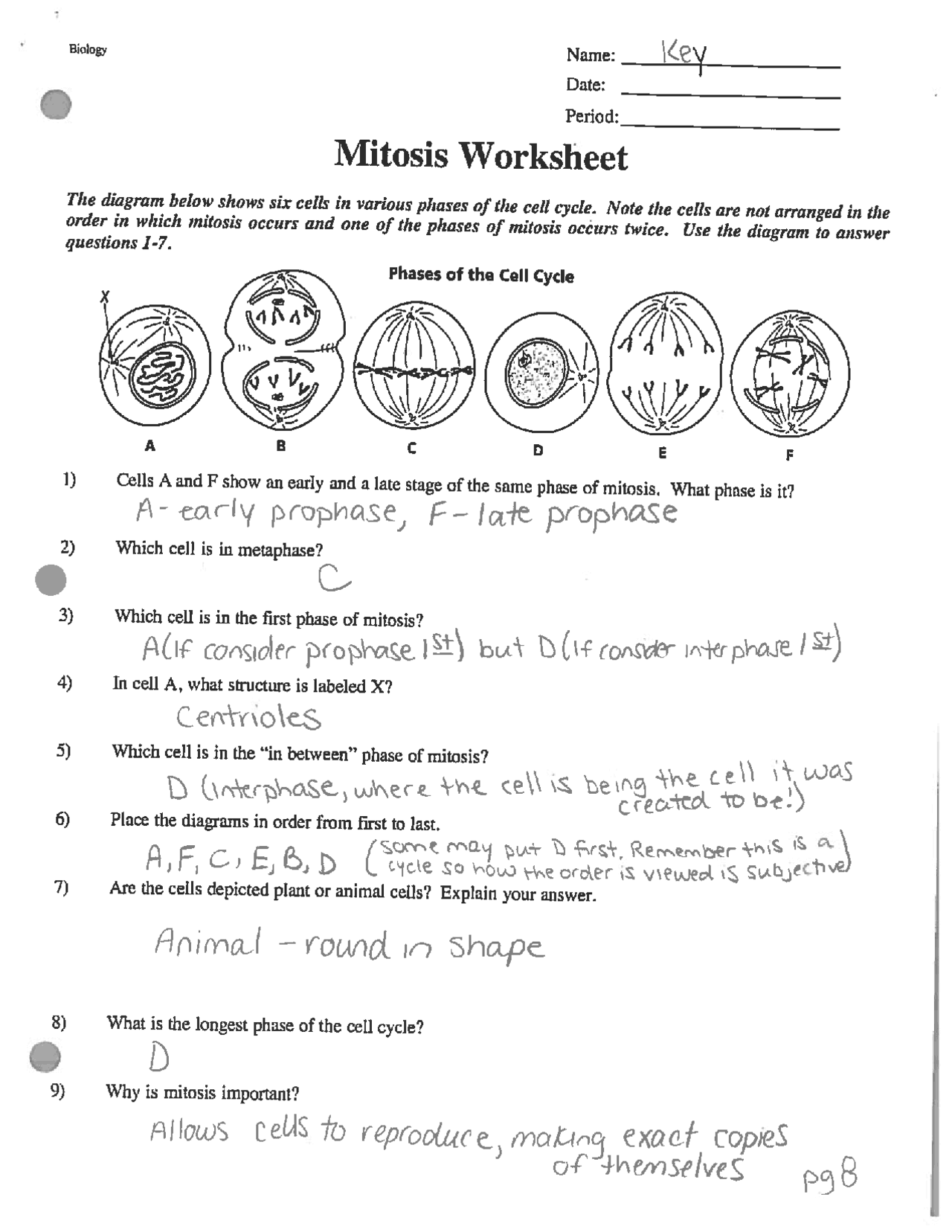
Nakata, S. et al. Adjustment of PDGF receptor activation by afadin through SHP-2: implications for cellular morphology. J. Biol. Chem. 282, 37815–37825 (2007).
Mimori-Kiyosue, Y. & Tsukita, S. ‘Search-and-capture’ of microtubules through plus-end-binding proteins ( TIPs). J. Biochem. 134, 321–326 (2003).
Ohka, S. et al. Receptor (CD155)-dependent endocytosis of poliovirus and astern axonal carriage of the endosome. J. Virol. 78, 7186–7198 (2004).
Calderwood, D. A. Integrin activation. J. Corpuscle Sci. 117, 657–666 (2004).
Martel, V. et al. Conformation, localization, and integrin bounden of talin depend on its alternation with phosphoinositides. J. Biol. Chem. 276, 21217–21227 (2001).
Sakamoto, Y., Ogita, H., Komura, H. & Takai, Y. Involvement of nectin in inactivation of integrin αvβ3 afterwards the enactment of cell–cell adhesion. J. Biol. Chem. 283, 496–505 (2008).
Christofori, G. Split personalities: the agonistic adversary Sprouty. Nature Corpuscle Biol. 5, 377–379 (2003).
Kim, H. J. & Bar-Sagi, D. Modulation of signalling by Sprouty: a developing story. Nature Rev. Mol. Corpuscle Biol. 5, 441–450 (2004).
Hacohen, N., Kramer, S., Sutherland, D., Hiromi, Y. & Krasnow, M. A. sprouty encodes a atypical adversary of FGF signaling that patterns aciculate aberration of the Drosophila airways. Corpuscle 92, 253–263 (1998). Identifies sprouty as a atypical abrogating regulator in the FGF-induced signalling alleyway that controls the aberration of the airways.
Kajita, M., Ikeda, W., Tamaru, Y. & Takai, Y. Adjustment of platelet-derived advance factor-induced Ras signaling by poliovirus receptor Necl-5 and abrogating advance regulator Sprouty2. Genes Beef 12, 345–357 (2007).
Perrais, M., Chen, X., Perez-Moreno, M. & Gumbiner, B. M. E-cadherin homophilic articulation inhibits corpuscle advance and epidermal advance agency receptor signaling apart of added corpuscle interactions. Mol. Biol. Corpuscle 18, 2013–2025 (2007).
Morrison, H. et al. The NF2 bump suppressor gene product, merlin, mediates acquaintance inhibition of advance through interactions with CD44. Genes Dev. 15, 968–980 (2001).
Abercrombie, M. Acquaintance inhibition and malignancy. Nature 281, 259–262 (1979).
Thiery, J. P. Epithelial–mesenchymal transitions in tumour progression. Nature Rev. Blight 2, 442–454 (2002).
Masson, D. et al. Overexpression of the CD155 gene in animal colorectal carcinoma. Gut 49, 236–240 (2001).
Gromeier, M., Lachmann, S., Rosenfeld, M. R., Gutin, P. H. & Wimmer, E. Intergeneric poliovirus recombinants for the analysis of cancerous glioma. Proc. Natl Acad. Sci. USA 97, 6803–6808 (2000).
Minami, Y. et al. Involvement of up-regulated Necl-5/Tage4/PVR/CD155 in the accident of acquaintance inhibition in adapted NIH3T3 cells. Biochem. Biophys. Res. Commun. 352, 856–860 (2007).
Morimoto, K. et al. Alternation of blight beef with platelets advised by Necl-5/poliovirus receptor enhances blight corpuscle alteration to the lungs. Oncogene 27, 264–273 (2008).
Hay, E. D. An overview of epithelio–mesenchymal transformation. Acta Anat. 154, 8–20 (1995).
Abercrombie, M. & Heaysman, J. E. Observations on the amusing behaviour of beef in tissue culture. I. Speed of movement of banty affection fibroblasts in affiliation to their alternate contacts. Exp. Corpuscle Res. 5, 111–131 (1953). First proposes and again addresses the antecedent that the acceleration of corpuscle movement is afflicted by the cell’s contacts with added cells.
Abercrombie, M. & Heaysman, J. E. Observations on the amusing behaviour of beef in tissue culture. II. Monolayering of fibroblasts. Exp. Corpuscle Res. 6, 293–306 (1954).
Abercrombie, M. Acquaintance inhibition in tissue culture. In Vitro 6, 128–142 (1970).
Abercrombie, M. & Ambrose, E. J. The apparent backdrop of blight cells: a review. Blight Res. 22, 525–548 (1962).
Zegers, M. M. et al. Pak1 and PIX adapt acquaintance inhibition during epithelial anguish healing. EMBO J. 22, 4155–4165 (2003).
Huttenlocher, A. et al. Integrin and cadherin synergy regulates acquaintance inhibition of clearing and adaptable activity. J. Corpuscle Biol. 141, 515–526 (1998).
Dunn, G. A. & Ireland, G. W. New affirmation that advance in 3T3 corpuscle cultures is a diffusion-limited process. Nature 312, 63–65 (1984).
Martz, E. & Steinberg, M. S. The role of cell–cell acquaintance in ‘contact’ inhibition of corpuscle division: a analysis and new evidence. J. Corpuscle Physiol. 79, 189–210 (1972).
Stoker, M. G. & Rubin, H. Density abased inhibition of corpuscle advance in culture. Nature 215, 171–172 (1967).
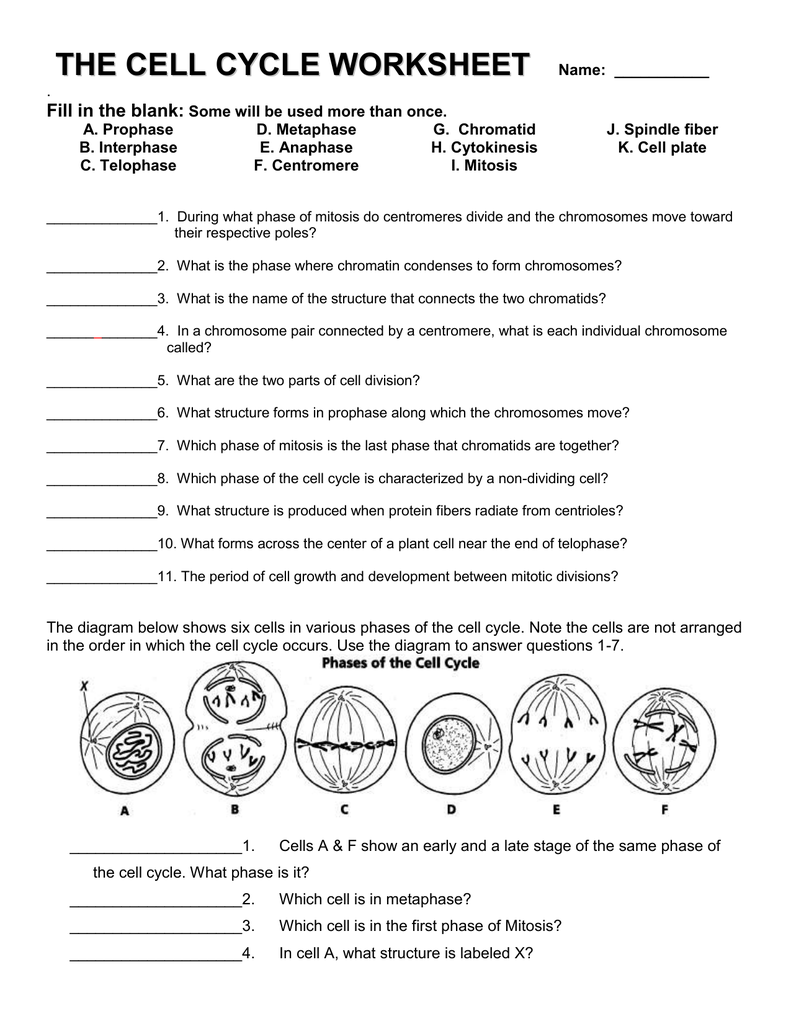
Explore professionally designed templates to get your wheels spinning or create your worksheet from scratch. Establish a theme in your designs using pictures, icons, logos, personalised fonts, and different customizable components to make them feel completely authentic. Duplicate designs and resize them to create consistency across multiple kinds of assets.
Interactive remedy instruments are unique and fascinating assets to reinforce your therapy apply. Each interactive tool is kind of a small app that you need to use on your computer, cellphone, or pill with the click of a button. Try video games and illustrated tales for youths, or activities and audio for adults. In spreadsheet packages like the open source LibreOffice Calc or Microsoft’s Excel, a single doc is called a ‘workbook’ and should have by default three arrays or ‘worksheets’. One benefit of such applications is that they’ll contain formulae in order that if one cell worth is changed, the entire document is automatically updated, based mostly on those formulae. Worksheet generators are sometimes used to develop the type of worksheets that comprise a collection of similar issues.
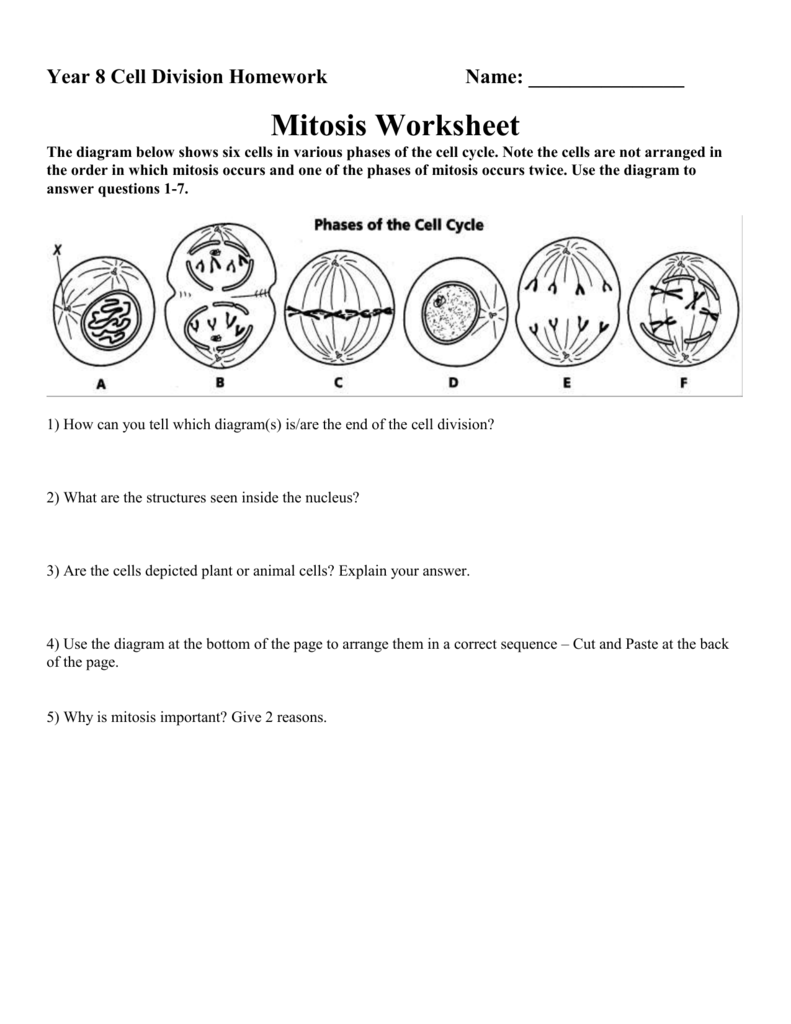
Lots of grammar worksheets that cover a variety of subjects. NoRetain the current occasion of the string and advance to the following occasion. YesReplace the current occasion of the string with the required alternative and advance to the next occasion.
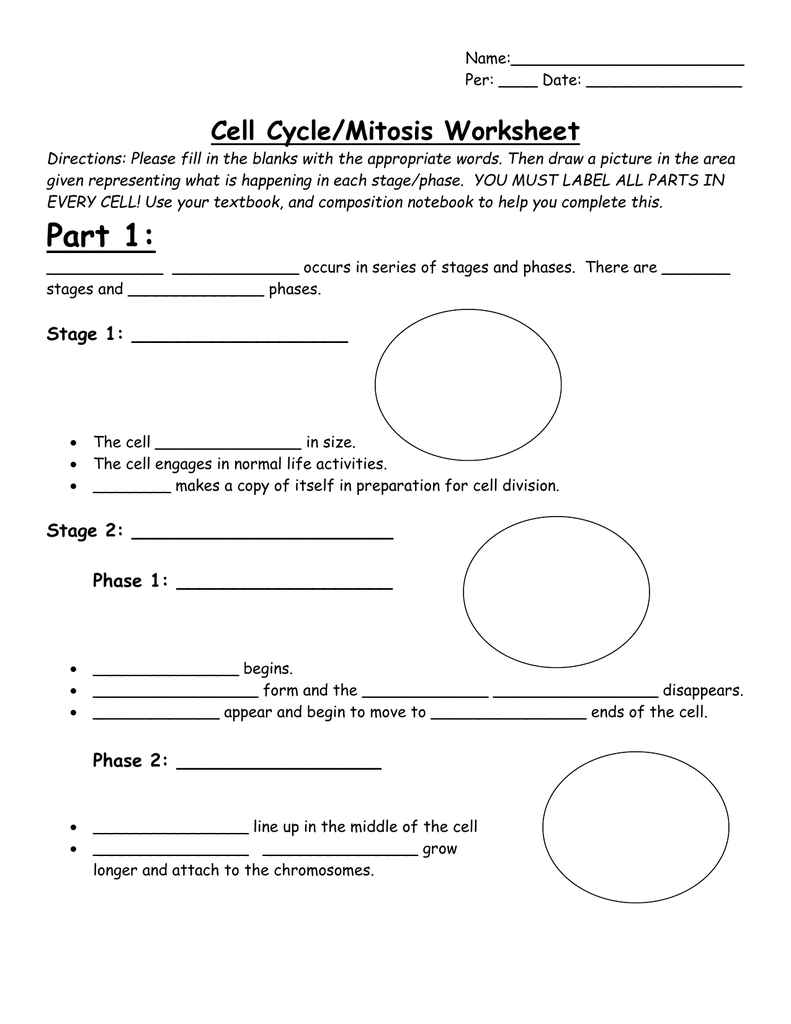
Having a worksheet template easily accessible might help with furthering learning at home. Document evaluation is the first step in working with primary sources. Teach your students to assume through primary supply documents for contextual understanding and to extract information to make informed judgments.
In the classroom setting, worksheets normally check with a free sheet of paper with questions or workout routines for school students to complete and report solutions. They are used, to some extent, in most topics, and have widespread use within the math curriculum the place there are two main sorts. The first sort of math worksheet contains a set of similar math issues or exercises. These are meant to help a pupil turn into proficient in a particular mathematical skill that was taught to them in school.

Having a worksheet template easily accessible may help with furthering learning at residence. Document analysis is step one in working with primary sources. Teach your college students to suppose via major supply documents for contextual understanding and to extract data to make informed judgments.
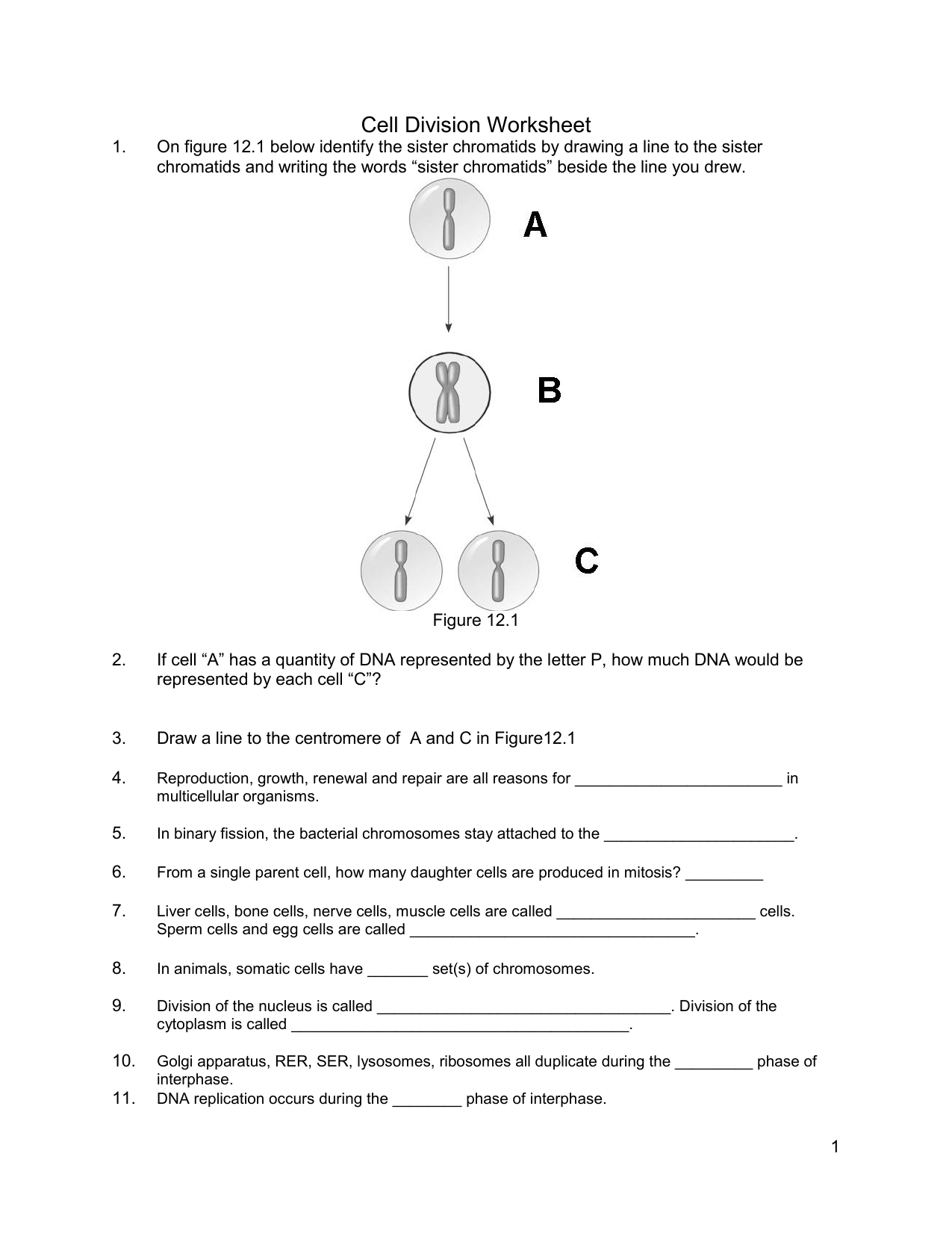
These are often called columnar pads, and typically green-tinted. A worksheet, within the word’s unique that means, is a sheet of paper on which one performs work. They come in many forms, mostly associated with children’s faculty work assignments, tax varieties, and accounting or different business environments. Software is more and more taking on the paper-based worksheet.
Gorgeous Cell Cycle And Mitosis Worksheet

Lovely Cell Cycle And Mitosis Worksheet. If you wish to receive the wonderful pictures related to Cell Cycle And Mitosis Worksheet, click keep icon to store these graphics in your laptop. These are ready for down load, If you’d rather and wish to have it, just click save badge on the article, and it will be instantly down loaded in your desktop computer. At last If you wish to get unique and recent image related to Cell Cycle And Mitosis Worksheet, entertain follow us on google plus or save this blog, we try our best to provide you daily up-date subsequent to all other and fresh photos. We realize hope you like keeping here. For most up-dates and latest information nearly Cell Cycle And Mitosis Worksheet photos, charm kindly follow us on twitter, path, Instagram and google plus, or you mark this page upon bookmark area, We attempt to have enough money you up grade regularly in the manner of all supplementary and fresh pictures, like your surfing, and locate the ideal for you.
If you’re in the midst of running queries, they will resume working when the refresh is accomplished. Note that if you log out of Snowflake, any energetic queries stop operating. Specifying a different function for each worksheet and switching roles with out dropping your work. You can execute specific statements in a worksheet, then change roles earlier than persevering with your work in the identical worksheet. Snowflake retains the static contents of each worksheet, so you’ll find a way to log in again later and resume working the place you left off. Snowflake shows the worksheets that had been open if you logged out.

There are endless creative alternatives to turn classroom preparation into a piece of cake. We hook you up with thousands of professionally designed templates, so you’re by no means starting from a blank canvas. Search by platform, task, aesthetic, mood, or color to have recent inspiration at your fingertips; when you find a graphic to begin from, faucet or click to open the document within the editor. You can even copy worksheets from one workbook to another, though that is more complex as PhpSpreadsheet also has to copy the styling between the 2 workbooks.If you are looking for Cell Cycle And Mitosis Worksheet, you’ve come to the right place. We have some images practically Cell Cycle And Mitosis Worksheet including images, pictures, photos, wallpapers, and more. In these page, we along with have variety of images available. Such as png, jpg, lively gifs, pic art, logo, black and white, transparent, etc.
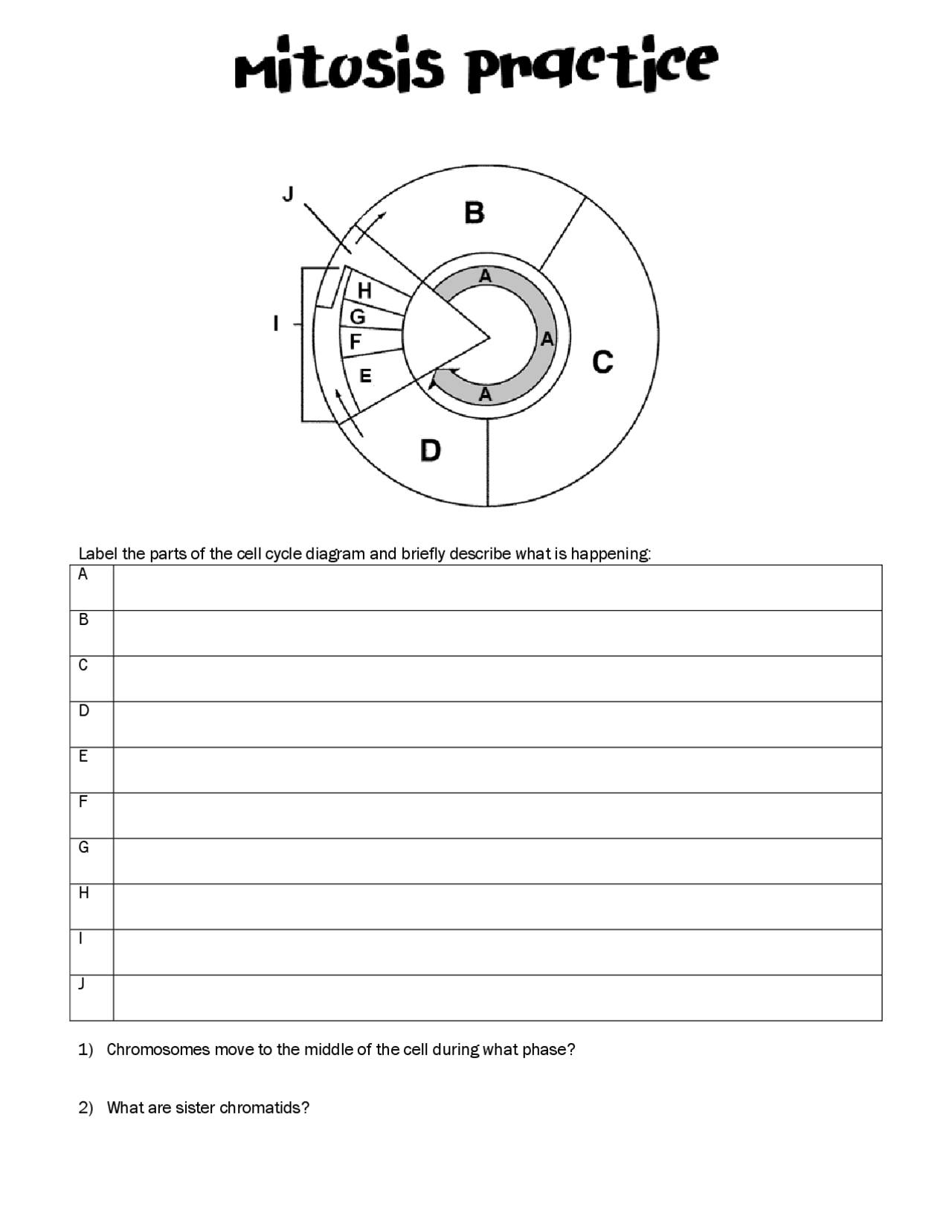
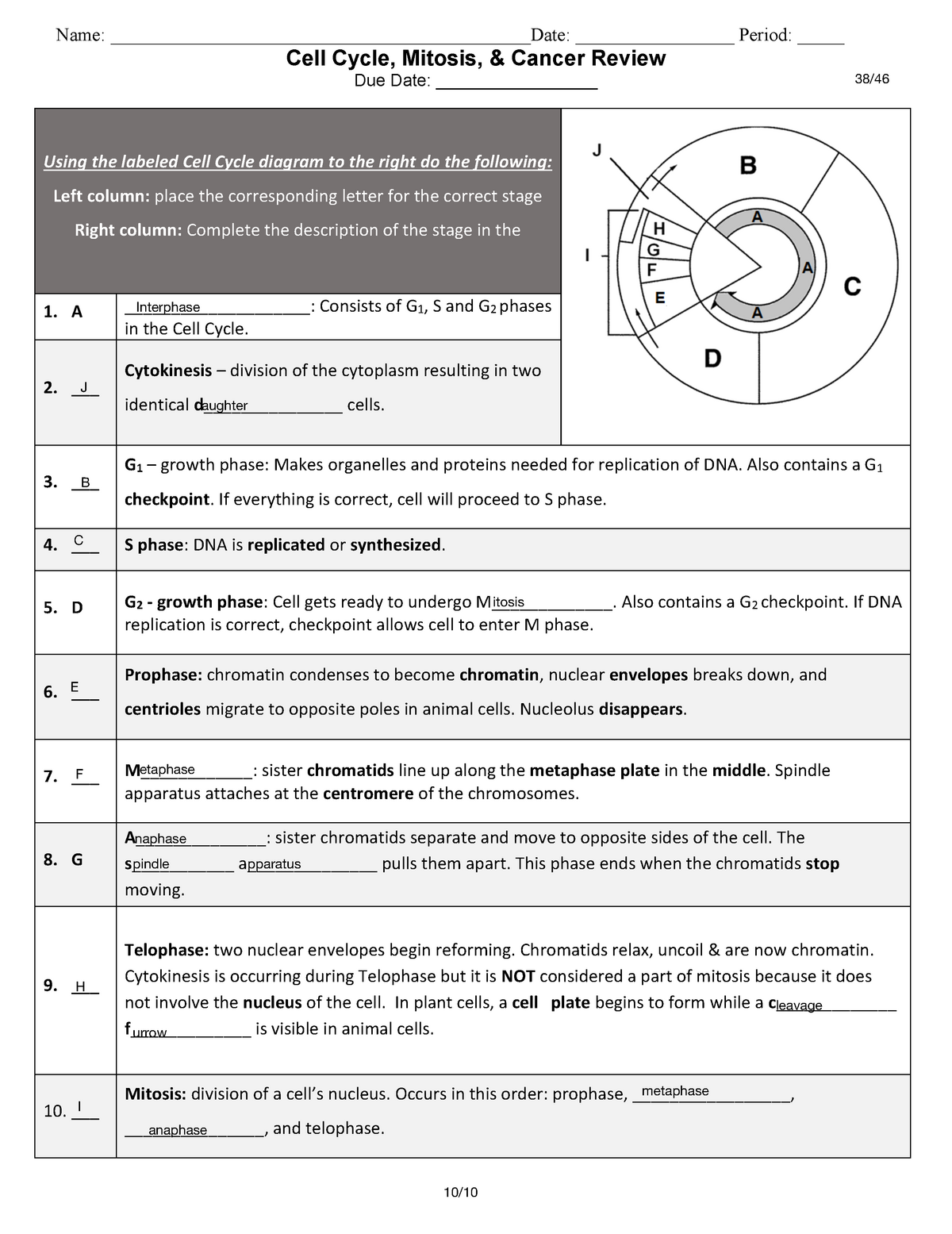

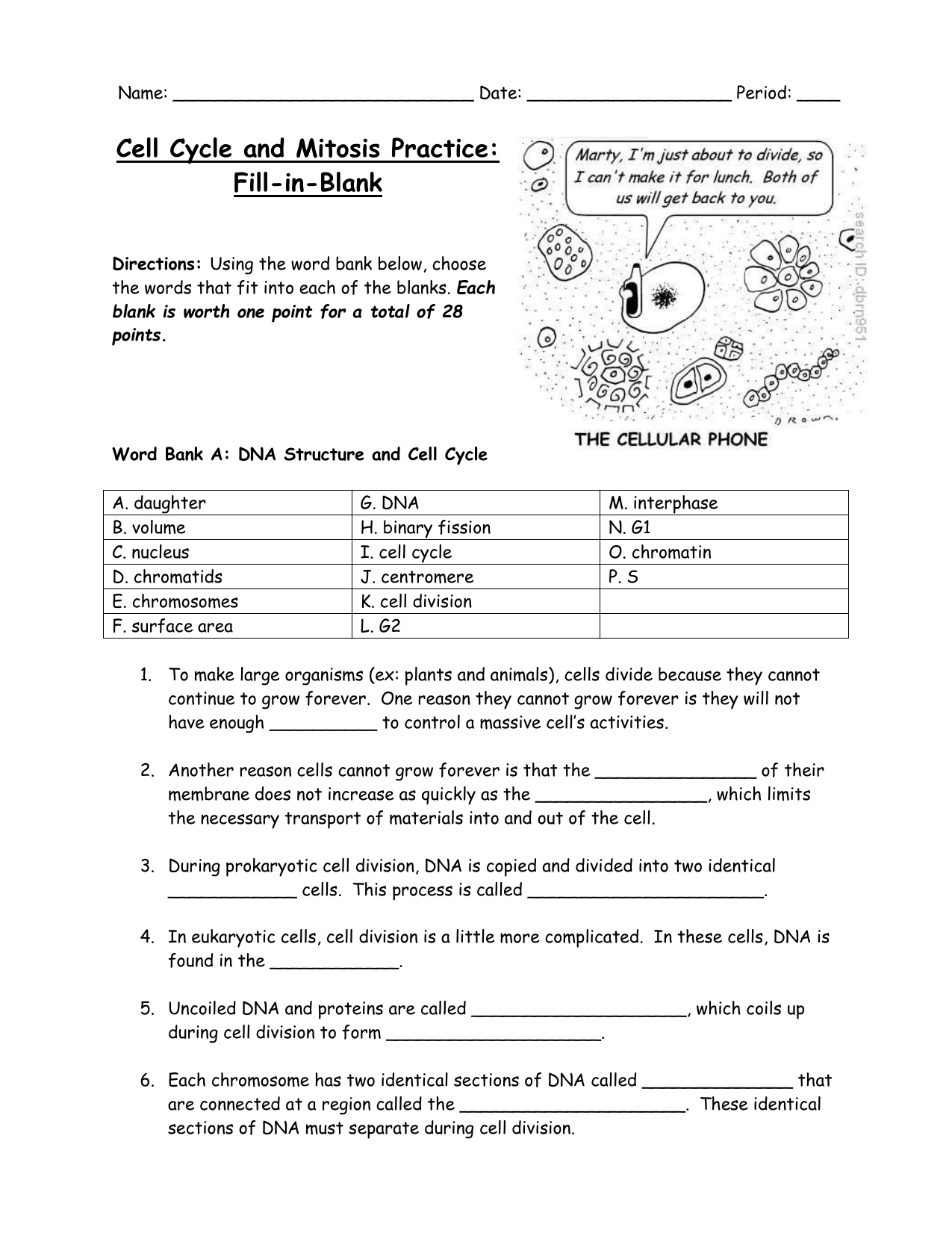




[ssba-buttons]
